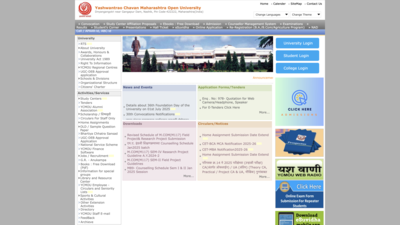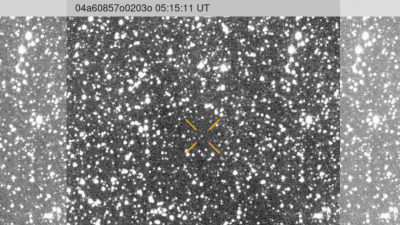Earth’s rotation speeds up, causing shorter days in July due to Moon’s new alignment on these dates |

As of today, July 9, 2025, Earth is experiencing one of the shortest days ever recorded—and it’s only the beginning. Following today’s exceptionally brief rotation, similar millisecond-shortened days are expected on July 22 and August 5. These tiny reductions—about 1.3 to 1.5 milliseconds shorter than the typical 24 hours—are imperceptible to humans but critical for precision systems such as atomic clocks, GPS, and satellite communications. Scientists overwhelmingly agree that the Moon’s current orbital position is subtly accelerating Earth’s rotation. Global timekeeping authorities are monitoring closely to determine whether adjustments like a negative leap second may be required.
Earth to experience shortest days on July 22 and August 5, 2025
A typical day is defined by the time Earth takes to complete one full spin on its axis—roughly 86,400 seconds or 24 hours. However, Earth’s rotation is not perfectly consistent. Instead, it’s subject to ongoing changes caused by a variety of natural factors, including:
- The gravitational forces from the Moon and the Sun
- Tectonic activity and shifts in Earth’s crust
- Variations in the distribution of mass across the planet (such as melting ice caps or large earthquakes)
- Changes in wind patterns and ocean currents
These factors can cause the Earth to spin either slightly faster or slower, altering the length of a day by a few milliseconds.
What’s special about July 9, 22, and August 5, 2025
According to reports from the New York Post, these three days in mid-2025 are expected to be the shortest ever recorded, with days shortened by approximately 1.3 to 1.51 milliseconds.The primary driver of this temporary speed-up in Earth’s rotation is the Moon’s position in orbit. When the Moon moves farther from Earth’s equator and closer to the poles, its gravitational influence tugs differently on the planet. This change can cause the Earth to rotate a bit faster—much like how a spinning figure skater speeds up when they pull their arms inward.
How does the Moon influence Earth’s rotation
To understand this better, think of Earth as a spinning top. If you apply force at its edge, it spins quickly; if you press near the center, the spin slows. Similarly, the gravitational pull of the Moon exerts torque on Earth’s equator, affecting its rotational momentum.On July 9, 22, and August 5, the Moon will be positioned in such a way—farther from the equator and more aligned with the poles—that it slightly boosts the planet’s spin. This results in marginally shorter days, which are now measurable thanks to advanced atomic clocks and satellite data.
Understanding Earth’s rotational past and future
While this upcoming acceleration is temporary, it’s part of a broader story of how Earth’s rotation has changed over time. Here’s a snapshot:
- 1–2 billion years ago: A day on Earth lasted around 19 hours, due to the Moon being much closer and exerting a stronger gravitational pull.
- Over time, as the Moon drifted farther away, Earth’s spin slowed, gradually extending the length of a day.
- In recent decades, however, researchers have noticed fluctuations. In fact, in 2020, Earth recorded some of the fastest rotations ever since scientists began measuring precisely in the 1970s.
- The fastest recorded day was on July 5, 2024, when the planet completed its rotation 1.66 milliseconds faster than the typical 24 hours.
- These fluctuations suggest Earth’s rotation is affected not just by long-term trends but also by short-term, irregular changes—many of which are still being studied.
Why Earth’s faster spin could change how we keep time
To maintain global time accuracy, the International Earth Rotation and Reference Systems Service (IERS) tracks Earth’s rotation closely. When discrepancies arise between atomic time and solar time, a leap second is added or subtracted. So far, only positive leap seconds—which add time—have been used to adjust for Earth’s gradual slowing. But with the recent acceleration, the IERS is considering the first-ever negative leap second to subtract time and stay in sync. This groundbreaking adjustment is expected to be introduced around 2029, marking a historic moment in timekeeping.
Why this change is significant but not alarming
According to Duncan Agnew, a geophysicist at the Scripps Institution of Oceanography, the situation is scientifically important but not cause for alarm. As reported by the New York Post: “This is an unprecedented situation and a big deal… It’s not a huge change in the Earth’s rotation that’s going to lead to some catastrophe or anything, but it is something notable.” Even though these millisecond shifts are invisible to us in daily life, they matter greatly in satellite communications, GPS systems, and high-frequency trading platforms, which rely on hyper-precise timekeeping.Also Read | Shubhanshu Shukla on the ISS can be spotted over Indian skies; here’s how, when and where to see through your naked eye






